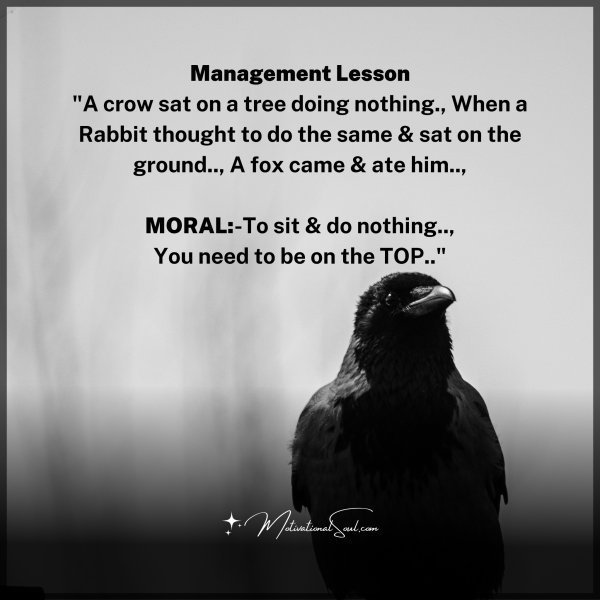Leading Through Change: Navigate Uncertainty & Build Resilient Teams

Revamping oneself is vital for a person’s growth in life because it empowers individuals to keep pace with the freshest knowledge and breakthroughs in their fields. In today’s whirlwind world, it is crucial to continually rejuvenate our understanding to meet the ever-shifting demands of society.
In this blog, we will explore why renewing our skills is indispensable for personal evolution and how it can propel individuals ahead of the curve.
Stay Competitive
Refreshing your skills enables you to remain competitive in your field. As industries and technologies metamorphose, so do the requisites for expertise and talent. Keeping abreast of the latest trends and innovations can catapult you ahead of your competitors, allowing you to shine in the job market.
Expand Your Knowledge
Constant reinvention invites you to broaden your horizons and unearth new insights. Learning is a lifelong expedition, and self-renewal is an essential element of it. It empowers you to keep your skills vibrant and to expand your reservoir of wisdom, which is indispensable for both personal and professional growth.
Enhance Your Employability
Staying current is key to elevating your employability. Employers seek individuals who are not only knowledgeable but also agile in their fields, and continuous reinvention helps you demonstrate that you are in tune with the latest trends and technologies. Employers value those who eagerly embrace new learning and refresh their skills on a regular basis.
Increase Your Value
Updating your expertise can amplify your value in the job market. When you remain in sync with the latest trends and technologies, you become a prized asset to your organization. Your modernized knowledge and skills can drive your company toward its goals and outpace the competition. Consequently, employers are inclined to invest more in professionals who are both updated and adept.
Stay Relevant
Continually refreshing your skills helps you stay pertinent in your field. As industries evolve, so do the demands for fresh knowledge and capabilities. Those who neglect to renew themselves risk fading into obscurity. Staying updated ensures that you remain relevant and can navigate new challenges and expectations with ease.
Improve Your Confidence
Regularly rejuvenating your skills can bolster your confidence in your abilities. When you consistently renew your knowledge, you become more adept and self-assured. This enhanced expertise can lift your spirit, enabling you to embrace new challenges and responsibilities.
Stay Innovative
Ongoing reinvention can ignite your creativity and spark innovative thinking. By keeping up with the latest trends and technologies, you gather fresh insights and perspectives that enable you to think unconventionally and devise inventive solutions to complex challenges. Remaining innovative is key for personal and professional development, paving the way for new opportunities and success.
Adapt to Change
Refreshing your expertise equips you to adapt gracefully to change. In today’s rapidly shifting landscape, being nimble in the face of new challenges and demands is essential. Staying updated ensures that you are armed with the knowledge and skills necessary to adapt and flourish amid evolving circumstances.
Personal Growth
Constant reinvention is pivotal for personal development. It encourages you to broaden your outlook and explore uncharted interests. When you regularly infuse your life with new knowledge, you expose yourself to diverse perspectives that can catalyze personal growth and transformation.
Professional Growth
Continuous self-renewal is indispensable for professional advancement. It enables you to cultivate new skills and absorb fresh insights, opening doors to novel opportunities and career progression. Keeping pace with the latest trends and technologies in your field is crucial for sustained professional success.
GROWTH IS ESSENTIAL.
Reinventing yourself is a critical ingredient for success and evolution in life. It empowers you to stay in tune with the latest trends, knowledge, and breakthroughs in your fields. Thus, staying updated can give you an edge over your peers and help you remain competitive in today’s ever-evolving landscape. So next time you ponder where to invest your time and energy, remember that acquiring new skills and keeping current will always enrich your career journey. Thanks for reading!



Recent Comments